
The provinces of Sweden are historical, geographical and cultural regions. Sweden has 25 provinces; they have no administrative function but remain historical legacies and a means of cultural identification pertaining to dialects and folklore.

Södermanland, locally Sörmland, sometimes referred to under its Latin form Sudermannia or Sudermania, is a historical province or landskap on the south eastern coast of Sweden. It borders Östergötland, Närke, Västmanland and Uppland. It is also bounded by lake Mälaren and the Baltic Sea.

Värmland is a landskap in west-central Sweden. It borders Västergötland, Dalsland, Dalarna, Västmanland, and Närke, and is bounded by Norway in the west.

Västmanland is a historical Swedish province, or landskap, in middle Sweden. It borders Södermanland, Närke, Värmland, Dalarna and Uppland.

Uppland is a historical province or landskap on the eastern coast of Sweden, just north of Stockholm, the capital. It borders Södermanland, Västmanland and Gästrikland. It is also bounded by lake Mälaren and the Baltic Sea. On the small uninhabited island of Märket in the Baltic, Uppland has a very short and unusually shaped land border with Åland, an autonomous province of Finland.
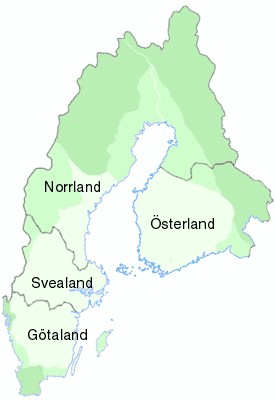
Svealand, or Swealand, is the historical core region of Sweden. It is located in south central Sweden and is one of three historical lands of Sweden, bounded to the north by Norrland and to the south by Götaland. Deep forests, Tiveden, Tylöskog, and Kolmården, separated Svealand from Götaland. Historically, its inhabitants were called Svear, from which is derived the English 'Swedes'.

Norrland is the northernmost, largest and least populated of the three traditional lands of Sweden, consisting of nine provinces. Although Norrland does not serve any administrative purposes, it continues to exist as a historical, cultural, and geographic region; it is often referred to in everyday language, e.g., in weather forecasts. Several related Norrland dialects form a distinct subset of dialects of the Swedish language separate from those to its south.

Gästrikland is a historical province or landskap on the eastern coast of Sweden. It borders Uppland, Västmanland, Dalarna, Hälsingland and the Gulf of Bothnia. Gästrikland is the southernmost and the most densely populated of the Norrland provinces.
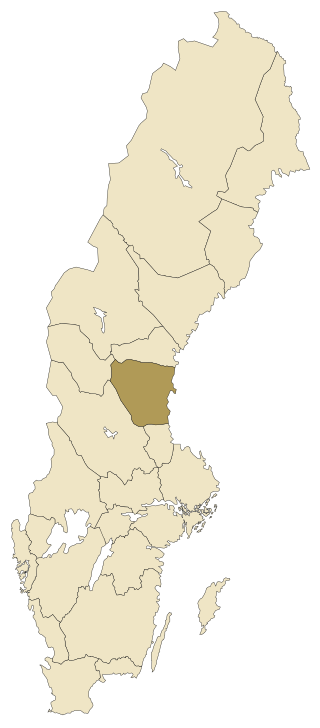
Hälsingland, sometimes referred to as Helsingia in English, is a historical province or landskap in central Sweden. It borders Gästrikland, Dalarna, Härjedalen, Medelpad and the Gulf of Bothnia. It is part of the land of Norrland.

Öregrund is a locality situated in Östhammar Municipality, Uppsala County, Sweden. As of 2010, it had 1,555 inhabitants. It is located by the Baltic Sea, on the coast of Uppland. Despite its small population, Öregrund is still commonly referred to as a city for historical reasons.
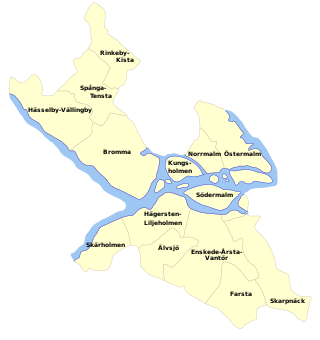
Stockholm City Centre is in Stockholm Municipality, also known as the City of Stockholm, part of the Stockholm urban area in Sweden.

Håkan the Red was a king of Sweden, reigning for about half a decade in the second half of the 11th century. There is little information on him, and it is mostly contradictory. Nothing is known about his reign.
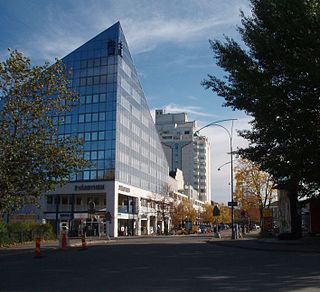
Upplands Väsby is a locality and the seat of Upplands Väsby Municipality, Stockholm County, Sweden with 48,907 inhabitants in 2020.
Upplands storregemente or Landsregementet i Uppland was one of the nine grand regiments organized by Gustavus Adolphus in the late 1610s and split into smaller regiments in the 1620s.
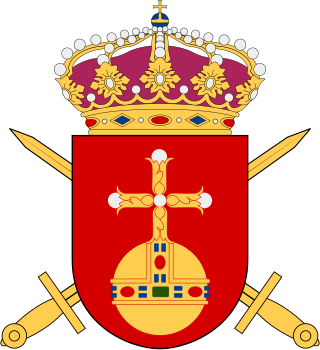
The Uppland Regiment, designation I 8, was a Swedish Army infantry regiment that traced its origins back to the 16th century. It was disbanded in 1957. The regiment's soldiers were originally recruited from the province of Uppland, and it was later garrisoned there.
The Firaesi (Latinization) or Phiraisoi are a people listed in Ptolemy's Geography (2.10).
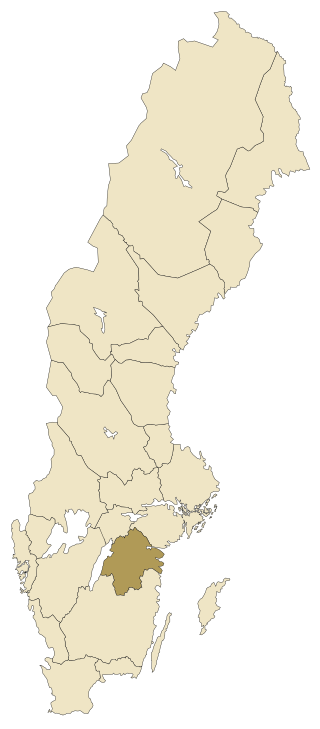
Östergötland is one of the traditional provinces of Sweden in the south of Sweden. It borders Småland, Västergötland, Närke, Södermanland and the Baltic Sea. In older English literature, the Latinized version Ostrogothia is also used. The corresponding administrative county, Östergötland County, covers the entire province and parts of neighbouring provinces.
The Swedish football district associations are the local governing bodies of association football in Sweden. District FAs exist to govern all aspects of local football in their defined areas, providing grassroots support to the Swedish Football Association by promoting and administering football, futsal and beach soccer in their respective districts.

Church murals or church wall paintings are mostly medieval paintings found in several Swedish churches. They usually adorn the vaults or walls of the buildings. In Swedish they are sometimes referred to as kalkmålningar, literally "lime paintings", since they were often painted using lime as the binding medium for the paint. The earliest church murals in Sweden date from the first decades of the 12th century and are Romanesque in style. The majority of these are found in the southern part of Sweden, where they were commissioned by members of the royalty and nobility of the time. They all have certain iconographic similarities, and for the most part, show stylistic influences from contemporary art in what is now Germany. While it is assumed that the artists who painted the murals were well-educated, and the first of them foreigners, virtually nothing is known about their identities. Around 1250, there was a stylistic shift towards Gothic that saw lighter and more airy compositions and the rising popularity of Marian and Christian mystic motifs. Early and High Gothic murals are preserved, especially on the island of Gotland, where many new churches were built at the time, and in Scania, where many older churches were equipped with new vaults which were then decorated. The earliest known names of the artists date from this time.

Tierp Church is a Lutheran church in Tierp, Uppsala County, Sweden. It belongs to the Archdiocese of Uppsala. The church is one of the largest countryside churches in Uppland and contains well-preserved medieval frescos.
















